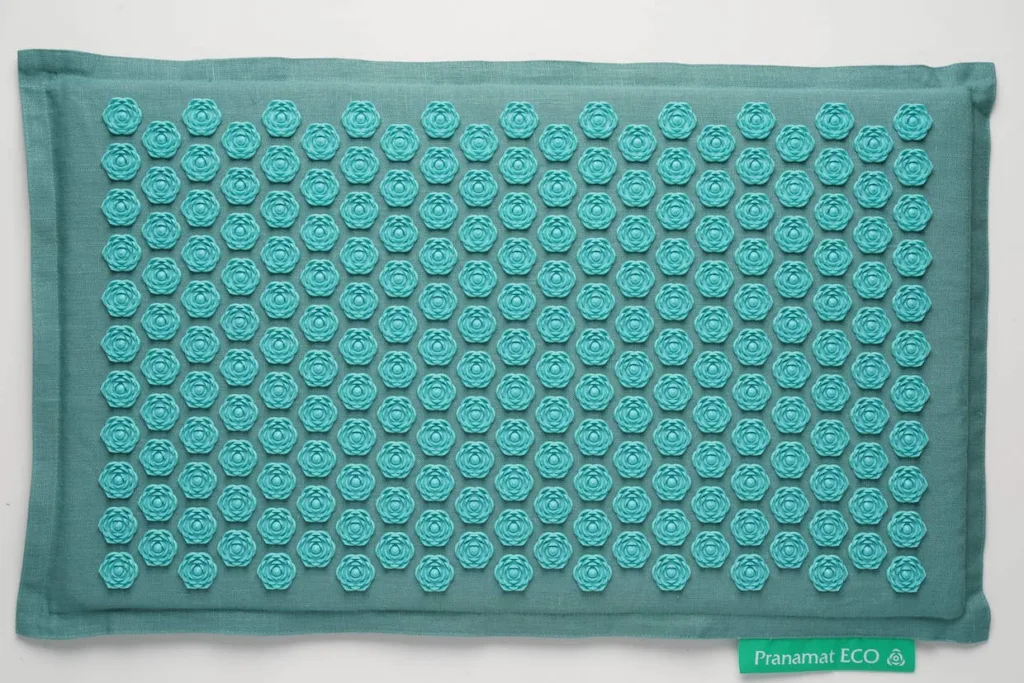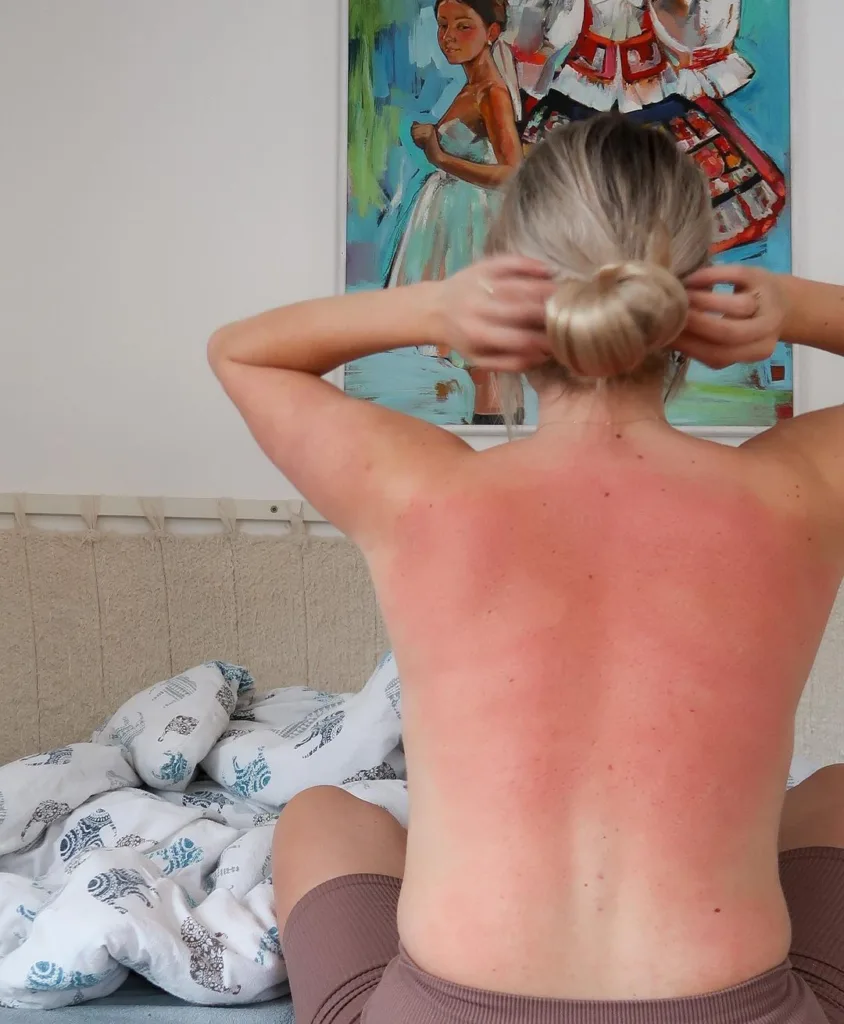If you’re reading this, chances are you or someone you know is grappling with neuropathy. As an acupressure specialist, I’ve seen firsthand how challenging it can be to manage neuropathy symptoms. But I’m here to share some good news: acupressure, an age-old healing technique, can offer some relief.
I’ve been using it to successfully manage fatigue and lower back pain for my clients, and now, let’s explore its potential benefits for neuropathy together.
Understanding Neuropathy & Acupressure
What is Neuropathy?
Neuropathy, or nerve damage, can cause a plethora of symptoms like numbness, pain, and weakness. Several factors, including diabetes, infections, chemotherapy, certain medications, and alcoholism can trigger this condition. It most commonly affects the peripheral nerves in the hands and feet, leading to peripheral neuropathy.
Enter Acupressure
Acupressure is a technique born out of Traditional Chinese Medicine (TCM). It involves applying pressure to specific points on the body, also known as acupoints. These acupoints are places where the flow of life energy, or Qi, can be most effectively influenced. By stimulating these points, we can help balance the Qi, leading to self-healing and symptom relief.
Acupressure and Neuropathy: A Powerful Duo
By now, you might be asking: How does acupressure help neuropathy? Here’s the magic behind it!
When we apply pressure to specific acupoints, we stimulate the flow of Qi and blood in the body. This has the effect of relieving inflammation, improving circulation, and encouraging nerve regeneration.
Over time, these effects can alleviate neuropathy symptoms, bringing much-needed relief.
But where are these magical acupoints? Allow me to share some of them:
- Baihui (GV20): Located at the top of the head, in the center of the line connecting the ears.
- Hegu (LI4): Found on the back of the hand, between the thumb and index finger.
- Zusanli (ST36): Located on the outside of the leg, below the knee.
- Neiguan (PC6): Found on the inside of the wrist, three finger widths below the base of the palm.
Now, let’s look at some specific scenarios where acupressure can help.
Battling Numbness & Tingling with Acupressure
Numbness and tingling are common symptoms of neuropathy, often resulting from poor circulation or nerve damage. Using acupressure, we can stimulate the Qi and blood flow in the body, reducing these symptoms. Acupoints Tai Chong (LV3) and Qiu Xu (GB40) are particularly beneficial for this purpose. Other effective points include Neiguan (PC6), Yanglingquan (GB34), and Dazhui (GV14).
Diabetic Neuropathy: Acupressure Can Help
Diabetic neuropathy is a prevalent complication of diabetes. This occurs when high blood sugar levels damage the nerves, especially in the hands and feet. Fortunately, acupressure can stimulate the Qi flow and reduce these neuropathic symptoms. Acupoints Yongquan (KI1) and Ququan (LR8) are particularly effective.
Other beneficial points include Zusanli (ST36), Taichong (LR3), and Geshu (BL17).
Science and Acupressure: A Healing Connection
How do we know acupressure works for neuropathy? Thanks to research methodologies like Randomized Controlled Trials (RCTs), we can ascertain the effectiveness of various treatments.
An RCT is a type of study where participants are randomly assigned to a treatment or control group. In various RCTs, acupressure therapy has shown a significant reduction in pain intensity and improved quality of life for neuropathy patients.
Acupressure Tools
While acupressure can be performed using hands alone, there are tools designed to enhance the effectiveness of the treatment.

Introduction to Acupressure Mats
One such tool is the acupressure mat. This mat is covered with thousands of tiny spikes that press against your body’s acupoints when you lie on it, providing a similar effect to an acupressure massage.
Read also: What You Need to Know About Acupressure Mats
Benefits of Acupressure Mats for Neuropathy
Acupressure mats can benefit neuropathy by stimulating multiple acupoints simultaneously, enhancing blood flow, reducing inflammation, and potentially easing neuropathic pain.
Read also: The Science Behind Needle Mats with Spikes: Everything You Need to Know
Getting Started: Using an Acupressure Mat
An acupressure mat, covered in small spikes, offers an easy way to incorporate acupressure into your daily routine. Here’s how to get started:
- Place the mat on a flat surface.
- Remove your shoes and socks.
- Stand, sit, or lie down on the mat, ensuring the affected areas contact with the spikes.
- Stay in this position for about 5-15 minutes or as long as you’re comfortable.

Wrap-Up: Embracing Acupressure for Neuropathy
Using acupressure to alleviate neuropathy symptoms can be a journey of healing and rediscovery. The more we reconnect with our bodies, the more effectively we can stimulate the flow of Qi and encourage healing.
As an acupressure specialist, I’ve witnessed this healing journey in many clients.
So, don’t be discouraged by your neuropathy symptoms. Embrace acupressure, listen to your body, and embark on your healing journey today. Choose Best Acupressure Mats of 2023 (Ranked & Detailed Review)
Remember, it’s always a good idea to consult a healthcare provider or a licensed acupressure practitioner if you have any concerns.
FAQ about acupressure for neuropathy
Q: What exactly is peripheral neuropathy?
A: Peripheral neuropathy refers to the condition wherein the peripheral nervous system – the extensive communications network responsible for carrying information between the central nervous system (brain and spinal cord) and the rest of the body – experiences damage.
Q: Can acupuncture serve as a treatment for peripheral neuropathy?
A: Absolutely, acupuncture can be a valuable tool in managing peripheral neuropathy. It works by targeting and stimulating specific points in the body known as acupuncture points.
Q: What constitutes an acupressure point?
A: An acupressure point refers to specific locations on the body utilized in acupressure or acupuncture therapy. These points are known for their effectiveness in alleviating pain and fostering the body’s healing process.
Q: Are acupuncturists the only professionals capable of administering acupuncture therapy?
A: Not at all. While acupuncturists are well-versed in providing acupuncture therapy, other healthcare professionals such as chiropractors, physical therapists, and even medical doctors who have undergone appropriate training can also offer this service.
Q: Can the hands or feet be subjects of acupressure therapy?
A: Definitely, acupressure can be administered on both the hands and feet. In fact, it’s particularly effective in addressing peripheral neuropathy.
Q: What is implied by TCM?
A: TCM is an acronym for Traditional Chinese Medicine. It incorporates a range of therapeutic methods, such as acupuncture, acupressure, and others, all aimed at restoring balance and enhancing the body’s healing capacity.
Q: What is the significance of the Zusanli point?
A: The Zusanli point is an essential acupressure point situated on the leg, often incorporated in TCM treatments for various conditions, including neuropathic pain.
Q: What is referred to as sham acupuncture?
A: Sham acupuncture is a control method used in scientific studies investigating the effectiveness of acupuncture therapy. This approach entails using non-penetrating needles or randomizing needle placement.
Q: How does acupuncture provide relief from pain?
A: Acupuncture eases pain by stimulating acupuncture points that trigger the release of endorphins – the body’s natural painkillers. It can also alter the function of the autonomic nervous system.
Q: Is it possible to utilize auricular acupuncture in treating peripheral neuropathy?
A: Absolutely, auricular acupuncture, which involves targeting specific points on the ear, can be an effective strategy for managing peripheral neuropathy.

